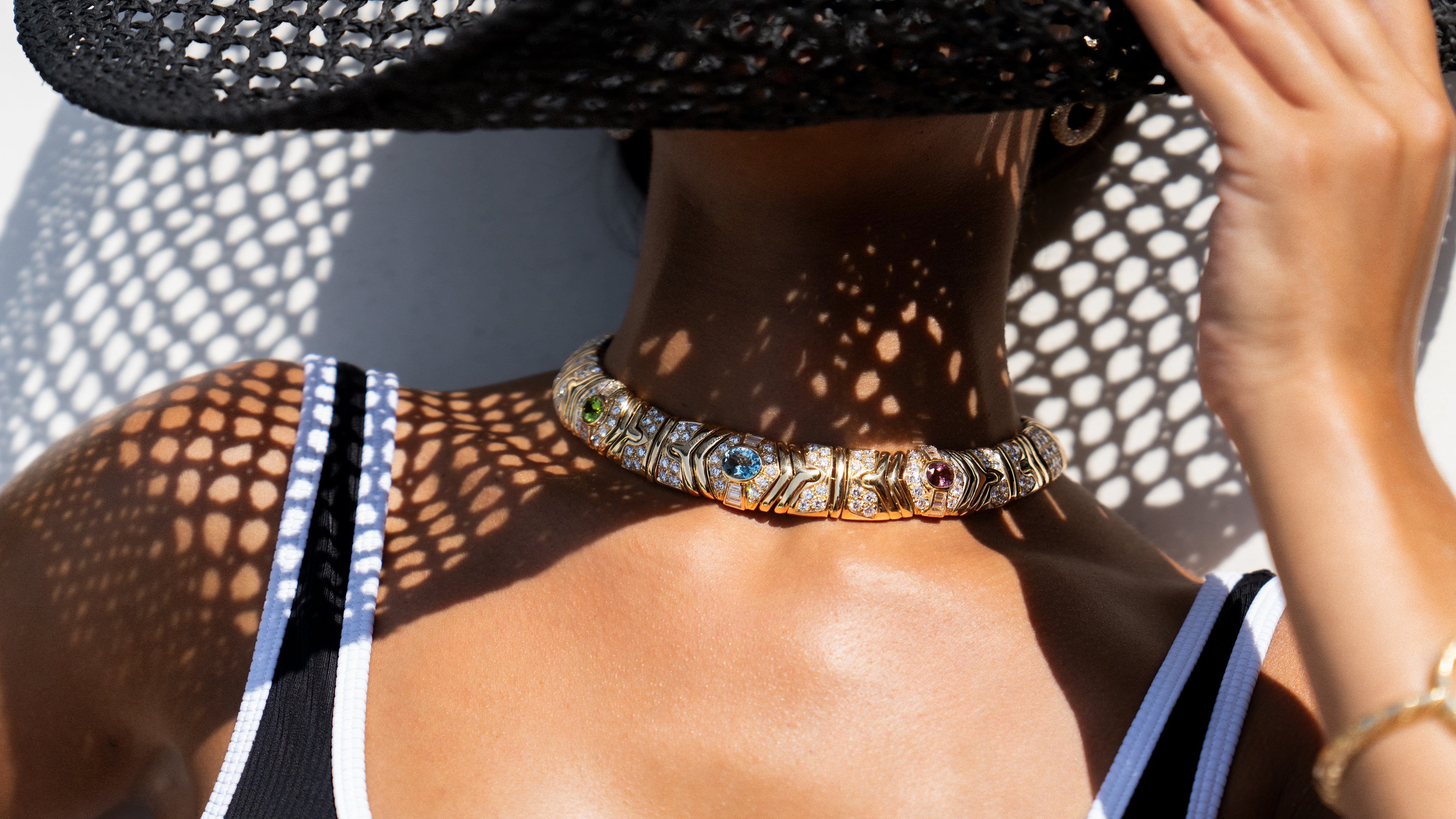Cecil Drayson - Family Connections Help Drayson's Succeed
When it comes to family ties, sometimes those connections can aid a journey as it did with Keith Cecil Drayson, founder of the firm Cecil Drayson Ltd. His family was involved in the jewelry trade long before the company' s1936 London inception. Records of antique jewelry purchases from 1907 list the Drayson name as buying vintage pieces such as pendants, necklaces, bracelets, and tiaras from auction houses such as Christie's and Phillips.
Drayson's uncle, the respected diamond and precious stone dealer Alfred Drayson, was the chairman of the London Chamber of Commerce's pearl and diamond department. So, when Keith Cecil Drayson came on the scene, his family name was already respected, which enabled him to gain a reputation quickly.
It was not only his family name but also Drayson's style and adherence to quality and elegance that helped his design firm move forward. Drayson's styles pay homage to the Art Deco period, and his pieces were well crafted and designed with finesse. They were known for their sculptural quality and detailed shapes and settings.
As time moved on, the company made gold compacts and cigarette cases in the 1940s and 50s. Their regular line of jewelry became more abstract and whimsical and often incorporated platinum and mixed gemstones. They produced statement pieces such as double clip earrings, flashy cocktail rings, and bracelets with wide straps.
Cecil Drayson Ltd. relied on other companies to produce their pieces. One such manufacturer, G. Music & Sons, is still located in London's jewelry manufacturing center of Hatton Garden. Drayson passed in 1963. His company initially sold to S.J. Rood, then to Hancock's in 1998. Although Cecil Drayson Ltd. is not continuing to produce pieces, antiquarians still seek out their designs today.
